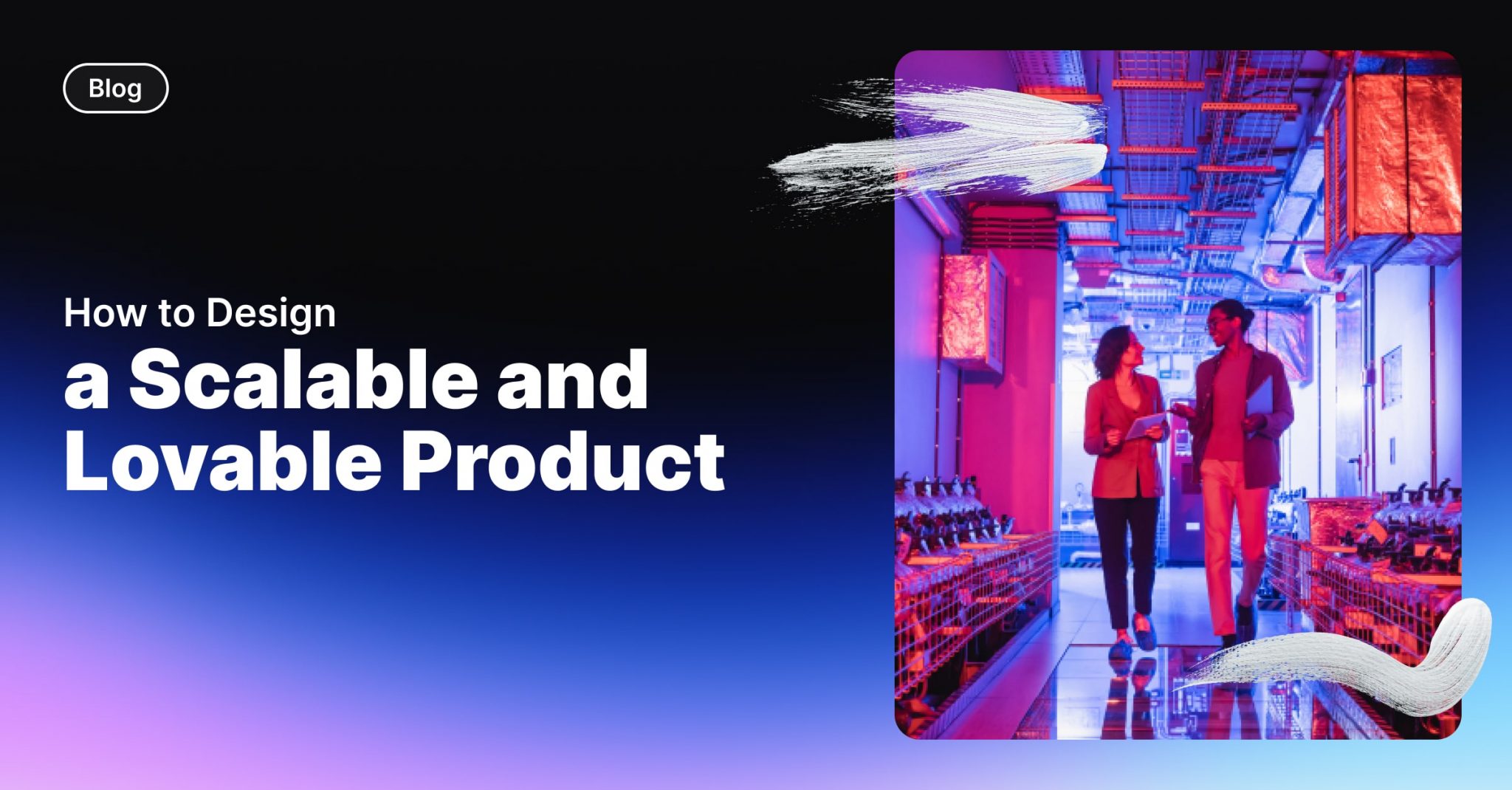
Today, you may have scrolled through an app, clicked the “buy now” button on a website, or used a platform that works seamlessly. Have you ever wondered what it takes to create something that feels so intuitive while catering to millions of users?
Spoiler alert: It’s not luck.
Great product design isn’t just about looking “pretty.” It’s about solving real problems and understanding users so well that your product feels like it anticipates their needs. But how does this magic happen? Here’s what you need to know:
1. Scaling Starts with Simplicity
One of the biggest myths in tech is that scalability is all about infrastructure. Sure, robust servers are essential, but if your product confuses users at step one, no backend can save you.
The key to success is focusing on what users need most and eliminating the rest. Remember when Instagram launched with one core feature: photo sharing? That simplicity fueled its rapid growth.
Ask yourself: How well does your product solve the most critical problem?
2. Design Is Not a Department – It’s a Mindset
The best companies don’t treat design as just the “creative team’s job.” They integrate it into every decision they make.
When I worked on a project, the goal wasn’t just to create a stylish interface and ensure the product was so seamless that users felt confident and delighted using it daily.
Pro tip: Good design solves problems before users notice them. Great design solves problems users didn’t even realize they had.
3. People Don’t Buy Products – They Buy Solutions
Here’s the truth: Nobody cares about your product. What they care about is how you solve their problems.
While working with a startup struggling to compete in a crowded market, we shifted focus from features to frustrations. What annoyed users? What felt broken in their current options?
The result? A product that didn’t just work better but made competitors feel outdated.
4. Big Wins Come from Small Improvements
Every “overnight success” is the result of thousands of small tweaks.
On one project, instead of reinventing the wheel every quarter, we focused on micro-optimizations: better filters, faster load times, clearer calls-to-action. These small adjustments added up to create a massive impact on the user experience.
Start today: What’s one thing you can improve right now?

